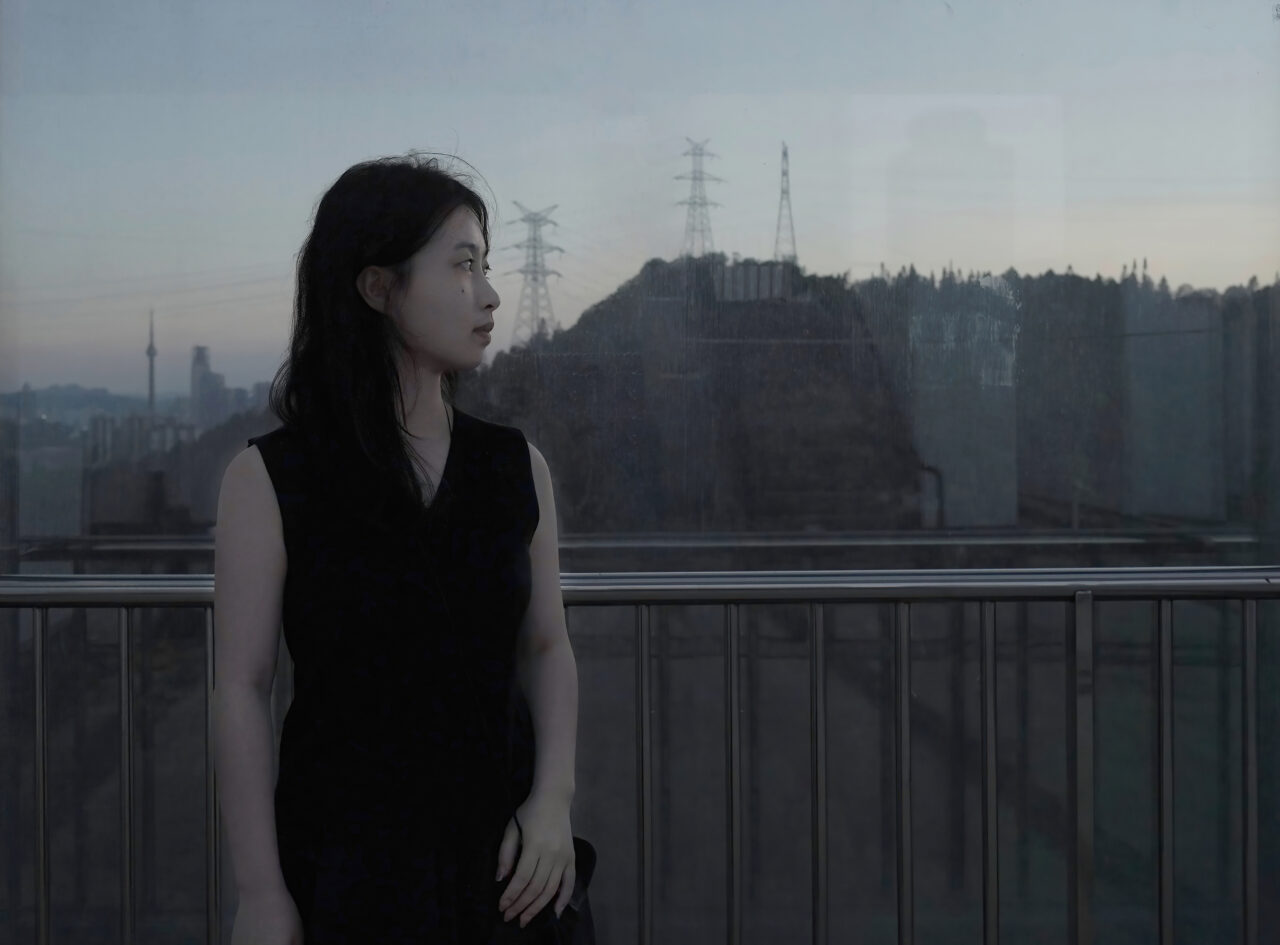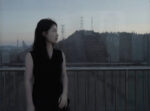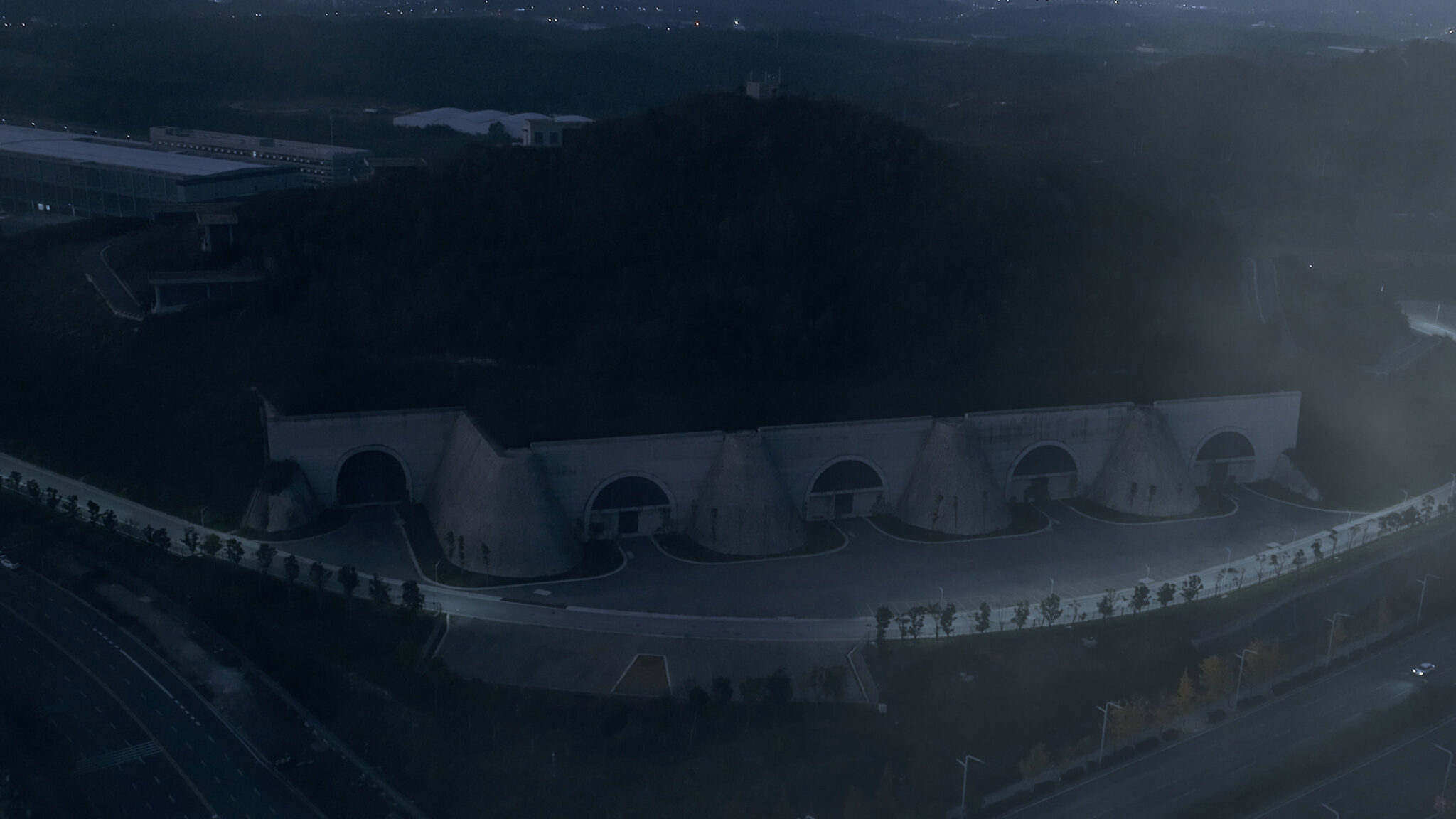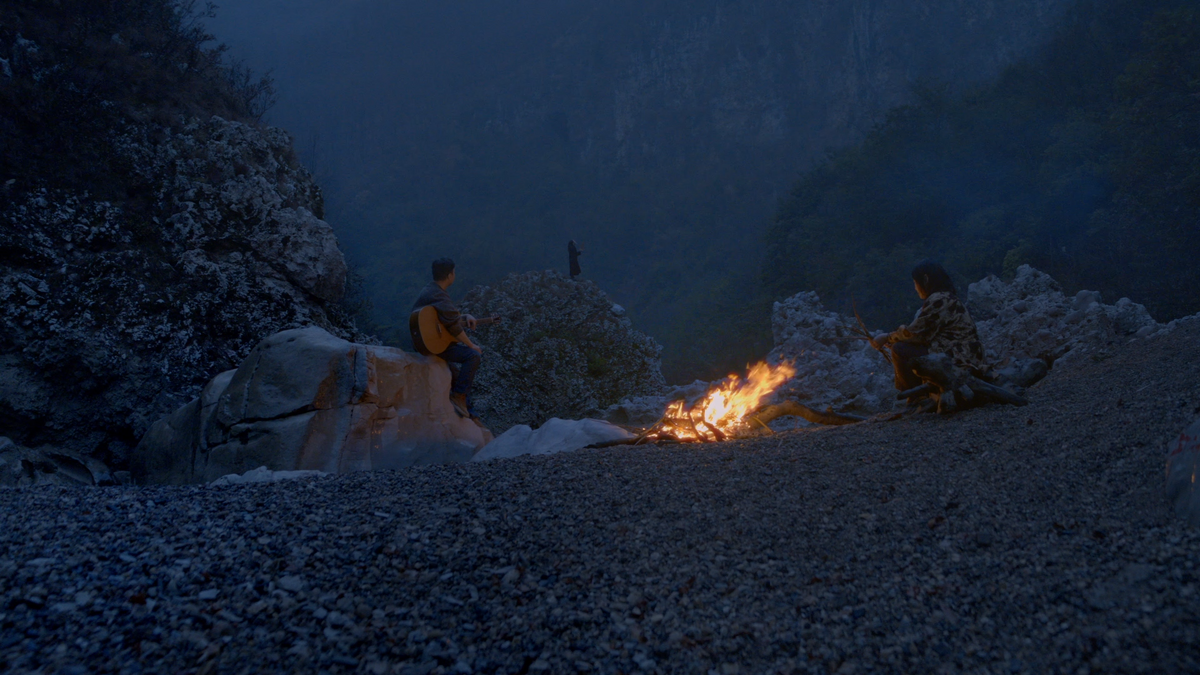How do you characterize the media you work in?
I have worked with video, writing and installation, sometimes also with computer programs, including machine learning.
How does your practice engage with technology?
I want to find a personal approach to thinking about our technologized society and express how technology has changed the ways we are living. I’m particularly interested in the ways that personal and collective memory reside in technological infrastructure, and how new technologies affect our day-to-day lives, including the emotional connections we make. Narrative is often central to my approach. In one project, I made a website that was run by a program that automatically generated stories that revolved around two protagonists. The protagonists might be friends, enemies, or lovers—they changed all the time. Together they swam through a sea of information. The program crafted its narratives by learning from international news with a language model, which was part of an effort to use technology to transform documentary or journalistic material into something fragmentary, error-filled, or fictional. This project has somewhat inspired me in constructing Random Access.




